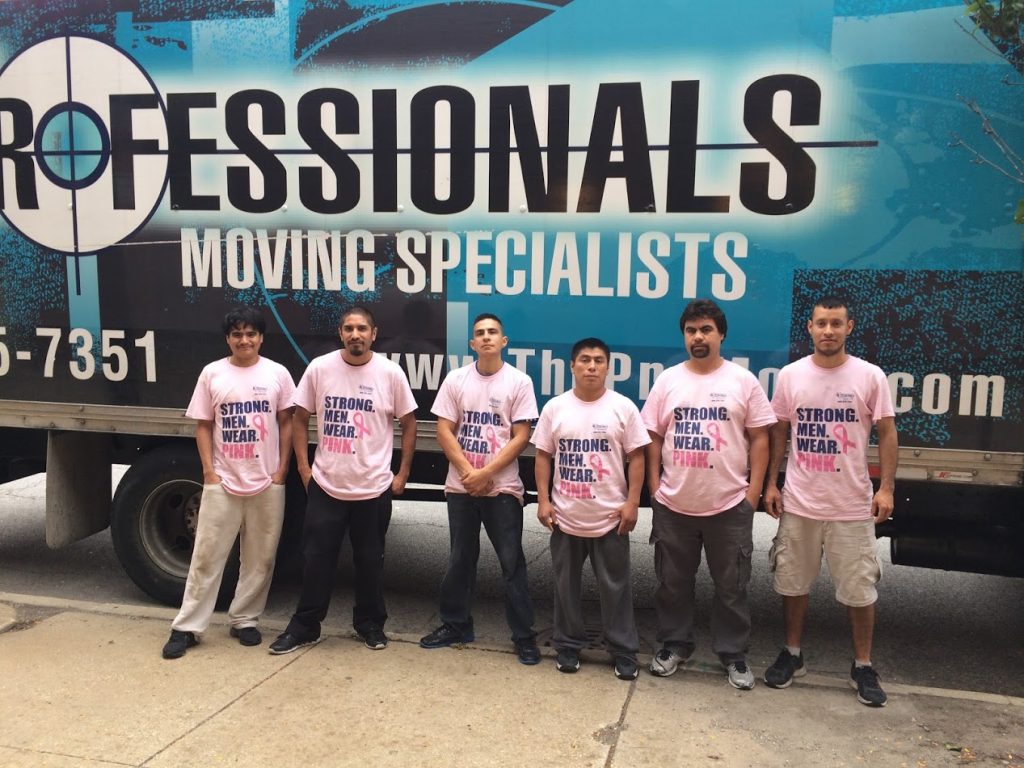Setting the timeline for your next move is very important. If you wait until the last minute to handle everything, you may miss some of the most important steps. In addition, procrastinating during a move will only cause more stress. Here's a professional timeline you can customize to fit your specific residential moving needs.
10 Weeks Out
When you reach about ten weeks from your moving date, it's time to start getting things organized and make some decisions. This is a good time to look into local moving companies, especially if you're considering hiring the company to pack, move and unpack your things. Check out our reviews at The Professionals and let us know as soon as you're ready!
8 Weeks Out
At the eight-week mark, you will need to think about buying your packing materials. The Professionals will be able to help you with all of your supplies, including boxes for specialty items, such as flat screen TVs. If you're considering a garage/moving sale, this is the time to schedule the dates and get everything ready for it. Perhaps you should checkout The Chicago GreenBox and see if using their green, plastic moving totes would help keep your possessions clean and out of harms' way.
6 Weeks Out
When you're about six weeks away from moving, it's time to let the school your children attend know, unless they will attend the same school after the move. You want to get all the copies of your children's school records and look into enrollment at the new schools. This is also a good time to book your moving appointment with us, and also get all of your medical records, if you're moving away from your current doctor.
4 Weeks Out
If you're about four weeks from your moving date, it's a great time to start packing anything you won't need for the next four weeks. Pack things down to just the essentials so that you can get as much packed ahead of time as possible. You can also notify the utility companies and your landlord, at this time. If you have a specific clause in your lease about notifying your landlord, make sure you check this plenty early. Some require 60 days notification, but most just ask for 30 days.
2 Weeks Out
At the two-week mark, it's time to get a plan together for groceries and food for the next few weeks. It's also a good time to have your car serviced, if you're moving long distance. You may also need to transfer insurance and pack as much as possible, as you don't want to be packing on moving day.
1 Week Out
At the one week mark, hopefully, you're just about all packed up. This is a good tie to confirm with your us and anything else having to do with your move. You can also pack an overnight bag with some essentials you will need when you first get into your new place.
The Day Before
Moving day is tomorrow and it's time to get your important documents together and anything else going with you on moving day. It's also a great time to do a final sweep of your home and make sure you didn't forget anything.
Moving Day
When moving day arrives, work with your movers to make sure everything safely makes it into the truck. You can also make a final sweep, if necessary. There are plenty of things you need to do before moving day shows up. Use this moving timeline to create your own timeline based on your specific needs.





